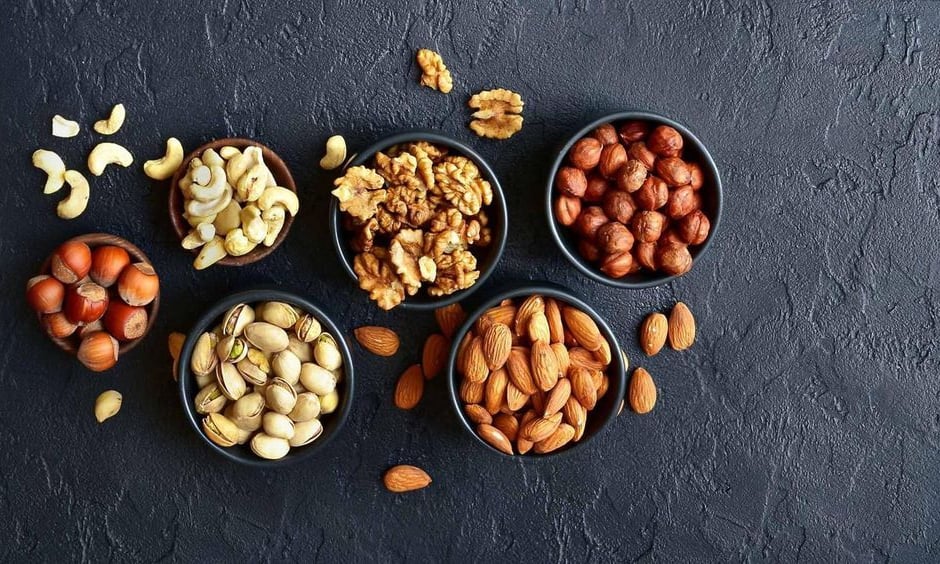Did you know that the order in which you eat your food can have a significant impact on your weight loss and overall health? This strategy, known as food sequencing, is a simple yet powerful way to stabilize blood sugar, improve insulin sensitivity, and reduce cravings.
In this post, we’ll explore the science behind food sequencing and show you how to apply it to your meals for lasting results.
What Is Food Sequencing?
Food sequencing is the practice of eating certain types of foods in a specific order during your meal. Research shows that starting your meal with fiber, protein, or healthy fats can:
- Slow digestion.
- Prevent sharp spikes in blood sugar.
- Keep you feeling fuller for longer.
The Sequence:
- Fiber-Rich Vegetables or Salad
- Protein and Healthy Fats
- Carbohydrates
Why Food Sequencing Works
- Stabilizes Blood Sugar Levels
- Fiber and protein slow the absorption of glucose into your bloodstream, reducing the insulin spikes that lead to fat storage.
- Improves Insulin Sensitivity
- Starting with fiber and protein helps your body process glucose more efficiently, making it easier to burn fat.
- Reduces Hunger and Cravings
- Eating in this order keeps you satisfied and minimizes the urge to snack between meals.
The Science Behind Food Sequencing
A study published by the American Diabetes Association found that participants who ate vegetables and protein before carbohydrates experienced up to 37% lower post-meal blood sugar levels. This small adjustment can make a big difference, especially for those managing insulin resistance or trying to lose weight.
How to Apply Food Sequencing to Your Meals
Breakfast Example:
- Start with: Scrambled eggs with spinach (fiber and protein).
- Then add: A slice of avocado (healthy fats).
- Finish with: A piece of whole-grain toast (carbohydrates).
Lunch Example:
- Start with: A mixed greens salad with olive oil dressing (fiber and healthy fats).
- Then add: Grilled chicken or tofu (protein).
- Finish with: A small portion of quinoa or sweet potato (carbohydrates).
Dinner Example:
- Start with: Steamed broccoli or a leafy green side (fiber).
- Then add: A salmon fillet or turkey breast (protein and healthy fats).
- Finish with: A serving of roasted butternut squash or wild rice (carbohydrates).
Tips for Success with Food Sequencing
- Chew Slowly: Eating slowly allows your body to signal fullness before overeating.
- Meal Prep: Preparing meals ahead makes it easier to stick to the proper sequence.
- Mind Your Portions: Balance is key—don’t overdo any one food group.
How Food Sequencing Fits into Your Weight Loss Journey
Food sequencing is a cornerstone strategy in How to Lose 25 Pounds by Birdie Smith. The ebook provides detailed meal plans, recipes, and tips to help you implement this technique seamlessly into your daily life.
By adopting food sequencing, you’ll not only support healthy weight loss but also feel more energized and in control of your meals.
📥 Download the E-book Today to unlock the full potential of food sequencing and start transforming your health one meal at a time.
Food sequencing is about working smarter, not harder, to achieve your weight loss goals. With this simple yet effective strategy, you can make every bite count and pave the way for a healthier, happier you. Let’s get started!

